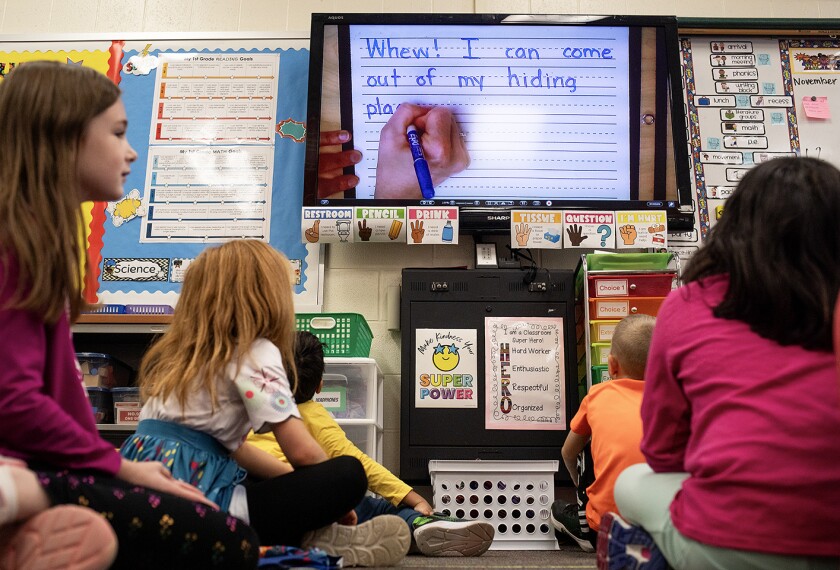To the Editor:
Let’s cease the differentiation discussion and take a step both backward and above the concept (“Differentiation Doesn’t Work,” Jan. 7, 2015, and “To the Contrary: Differentiation Does Work,” Jan. 28, 2015)
Context and circumstance define everything about the term.
Let’s focus on an extreme. Any student taking an Advanced Placement or International Baccalaureate examination must never suffer from differentiation of content expectations or specific intellectual skills. They are mandated and inexorable. We cannot harm students by not adhering to these externally mandated goals. Students and parents want them.
How about departmentalized contexts in grades 7-12? Here, teachers do not have “a class.” They may have four, five, or six classes. They do not teach one subject. They may teach two or three subjects, with as many preps. They do not have 20 to 30 students in a single space. They may have 100 to 150 over the course of a day, perhaps in multiple spaces. What does differentiation mean in these circumstances? If we can agree on a meaning—or slice of a meaning—how do we execute differentiation in such circumstances?
Consider those students with individualized education programs. Teachers cannot diverge or differentiate from what is in these official, mandated documents. These students may require differentiation. They may not.
And how do we differentiate in high schools where students select courses rather than being tracked into courses?
To start and maintain a discussion about differentiation, we need context. Without it, we talk past one another because we think there are monolithic entities called “students,” “schools,” “classes,” and so forth. But they do not exist except in very specific circumstances. Let’s define them, and then we can negotiate our debate.
Harry Stein
Adjunct Assistant Professor of History
Manhattan College
New York, N.Y.




